This post was originally published in July 2017 and has been updated in February 2022 for accuracy.
Pressure at High Altitudes
As the video above shows, you never know how the pressure change on an airplane will affect our sealed containers. From exploding shaving cream cans in checked luggage, to scattered potato chips at our feet on the floor of an airplane, the unpredictability of a high altitude can certainly cause its share of messes. Aside from having to do laundry while on your vacation, these examples are relatively mild. In the world of shipping dangerous goods, the consequences can be far more severe. For this reason when shipping hazardous liquids by air, our single and inner packaging must pass a hydrostatic pressure test that essentially ensures the pressure differential at high altitudes will not cause a disaster mid-air. You may ask, what is hydrostatic pressure and how is it measured?
What is Hydrostatic Pressure?
Hydrostatic pressure is the pressure exerted by a fluid at equilibrium at a given point within the fluid, due to the force of gravity. For the purpose of shipping dangerous goods, this is measured in kPa or Kilopascal. When you see a UN Marking on a single package it usually looks something like this 1H1/Y1.8/100. The “100” is referencing the maximum hydrostatic pressure this container was tested at in kPa.
Why is it relevant to shipping by air?
According to the ICAO DGP-WG/09-WP/67: When packages reach high altitudes during transport, they experience low pressure on the exterior of the package. This results in a pressure differential between the interior and exterior of the package, since the pressure inside the package remains at the higher ground-level pressure. Higher altitudes create lower external pressures, and therefore, larger pressure differentials. This condition is especially problematic for combination packaging containing liquids. When an inner packaging, such as a glass bottle or plastic receptacle, is initially filled and sealed, the cap must be tightened to a certain torque to obtain sealing forces sufficient to contain the liquids in the packaging. This will require certain forces to be placed upon the bottle and cap threads as well as the sealing surface of the cap or cap liner to ensure the packaging remains sealed. Once at altitude, due to the internal pressure of the liquid acting upon the closure combined with the reduced external air pressure, the forces acting on the threads and the forces acting on the sealing surfaces will not be the same as when the packaging was initially closed. Under normal conditions encountered in air transport (26 kPa @ 8000 ft), conditions are not overly severe. However, if the compartment is depressurized at altitude or if the compartment is not pressurized at all (e.g., feeder aircraft), the pressure differential may be severe enough to cause package failure and release of the dangerous goods in the aircraft.
What are the rules for shipping liquids by air?
When inner containers are used within combination packaging, they must be capable of withstanding a pressure differential of 95KPA for most hazardous liquids, and 75kPa for class 3 and 6.1 hazardous liquids. 49 CFR 173.27 and IATA 5.0.2.9
For Single Packaging, a 95 kPa test result must be achieved when shipping most substances, 75 kPa for class 3 and 6.1, and 250 kPa for Packing Group I liquids. IATA 6.3.5.3.1, 6.3.5.4, TP14850 7.6. In the example below, the 350 kPa hydrostatic pressure rating along with the Group I rating means that it would be suitable to ship Packing Group I, II, and III liquids by air.
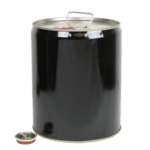
1A1/X1.2/250
From a regulatory perspective, Single Packaging’s must be tested every year, and contains a UN marking on the outside based on the test results. The inner containers within a combination package like glass bottles, plastic bottles, metal cans, or bags just need to be tested one time to verify the pressure rating as long as the design doesn’t change. 49 CFR 178.605
The Lab
When hydrostatic testing is performed at the lab, a valve is installed on the side of the container (clear of seams or closures) on three inner packages. A hydraulic pressure regulator and gauges are used to apply pressure and monitor the pressures. The containers are filled with water just below the container opening. The valves and gauges are checked for leaks and the cap is secured closed as specified in the closure instructions. A package passes the hydrostatic test if, for each test sample, there is no leakage seeping out of the container. TP14850 7.6.4. 49 CFR 178.605
ICC Compliance Center sells a variety of single packaging and inner packaging that meets the requirement to ship liquids by air. Feel free to contact us at 1-888-442-9628 (USA) or 1-888-977-4834 (Canada).
Stay up to date and sign up for our newsletter!
We have all the products, services and training you need to ensure your staff is properly trained and informed.
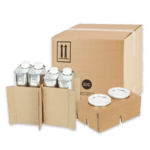 Custom Packaging Design |
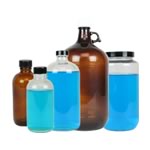 Glass Containers |
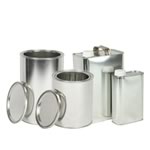 Metal Cans |
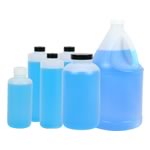 Plastic Containers |


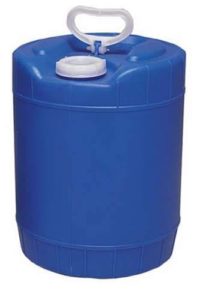

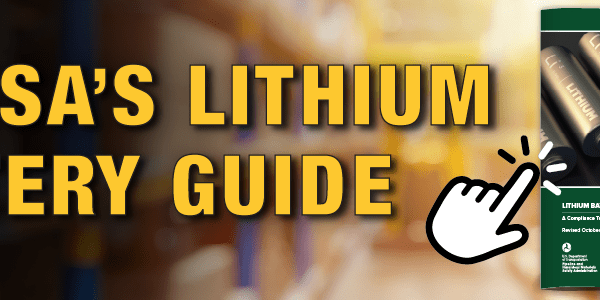
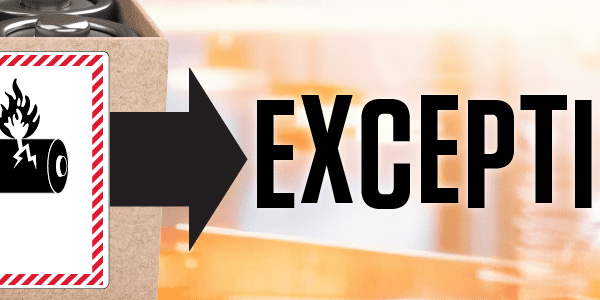


 ICC USA
ICC USA ICC Canada
ICC Canada